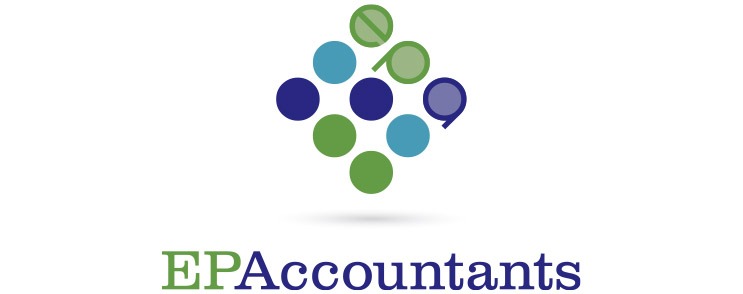New legislation, including three Government backed cross party Acts, came into force from 6 April 2024.
Pregnant women and new parents will now receive special treatment in a redundancy situation, as a suite of new laws are introduced – delivering the Government’s plan to support families and back hardworking Brits.
New laws will protect workers by strengthening existing redundancy protections to cover pregnancy and a period of time after parents return to work.
The Government-backed package of Acts will also boost support to vulnerable workers offering greater flexibility and confidence to workers and businesses – to help galvanise productivity, help grow the economy and tackle inactivity.
Families will receive new employment protections, including redundancy protections for pregnant women and new parents and a new leave entitlement for unpaid carers. In addition, there will be new flexible paternity leave and pay for parents of babies due on or after 6 April 2024.
Against a backdrop of skills and labour shortages, these measures will help businesses to attract and retain talented staff. The measures also support groups more likely to fall out of the workforce, such as parents and disabled people, enabling them to thrive in the workplace.



